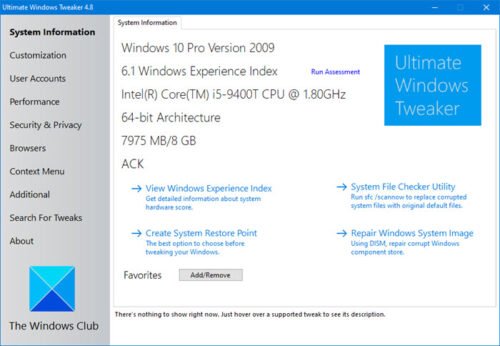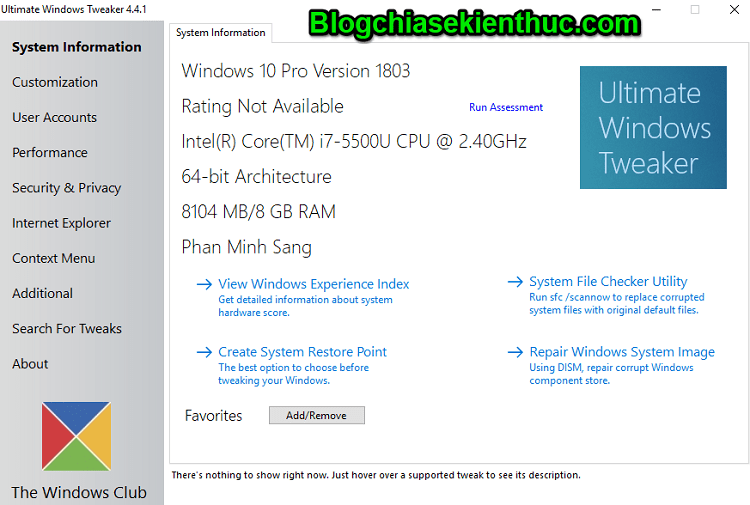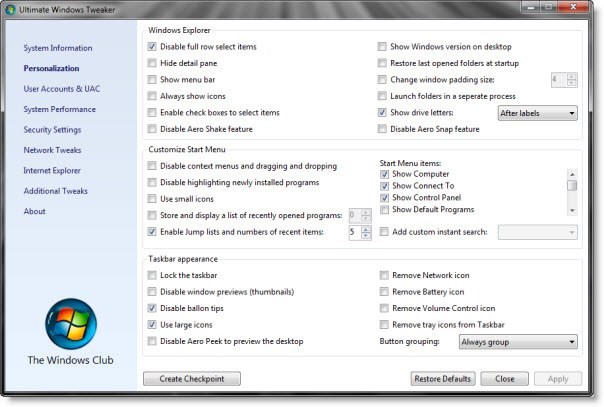
But it's not dead yet, which is unfortunate. This particular class of what I used to call "snake oil software" has declined in popularity in recent years. The list of volumes displayed in the Optimize Drives window clearly indicates the media type and defrag/optimization status for each one. To check the status of all currently available drives, type defrag in the search box and then click Defragment and Optimize Drives from the results list.

The icon for the Defrag.exe command still includes those colorful blocks.) (The real old-timers in the audience will remember the MS-DOS Defrag utility, with its crude but mesmerizing Tetris-style display of colored blocks that shifted to represent files being defragged. On SSDs, where the traditional defragging activity doesn't apply, running Defrag performs the Trim command, which wipes blocks of storage that are no longer in use and can be freed up for new data.

On conventional hard disks, Defrag does what it has always done, rearranging data so that it can be retrieved most efficiently. It runs automatically, as part of a scheduled task. In Windows 10, the Defrag.exe command is now officially named Defragment and Optimize Drives. System storage has become dramatically faster, especially as solid state drives have replaced conventional hard disks, and Microsoft engineers have gotten better at automatically managing the data on all of those types of disks.

Over the years, two noteworthy things have happened in the Windows ecosystem. The combination of a slow storage bus (relative to modern technology), slow rotating disk speeds (ditto), and dumb file systems meant that regularly rearranging the physical placement of files on the disk actually made a noticeable impact.

In the Dark Ages of the PC era, defragmenting a hard disk was one of the most important performance-enhancing tasks you could do to speed up your PC. Although you can tweak a registry setting to manage this file, I cannot think of a reason why any rational person would want to do this. It holds pages of memory swapped from so-called modern apps and has nothing to do with the systemwide virtual memory settings. ** Because Microsoft loves confusing its customers, Windows 10 actually includes a tiny file called swapfile.sys. * The official documentation at, which was updated just a few weeks ago, calls it a page file the Windows dialog box, which dates back more than 20 years, calls it a paging file. It's possible to envision edge cases where tweaking the page file makes sense (hello, commenters!), but those examples are vanishingly rare.


 0 kommentar(er)
0 kommentar(er)
